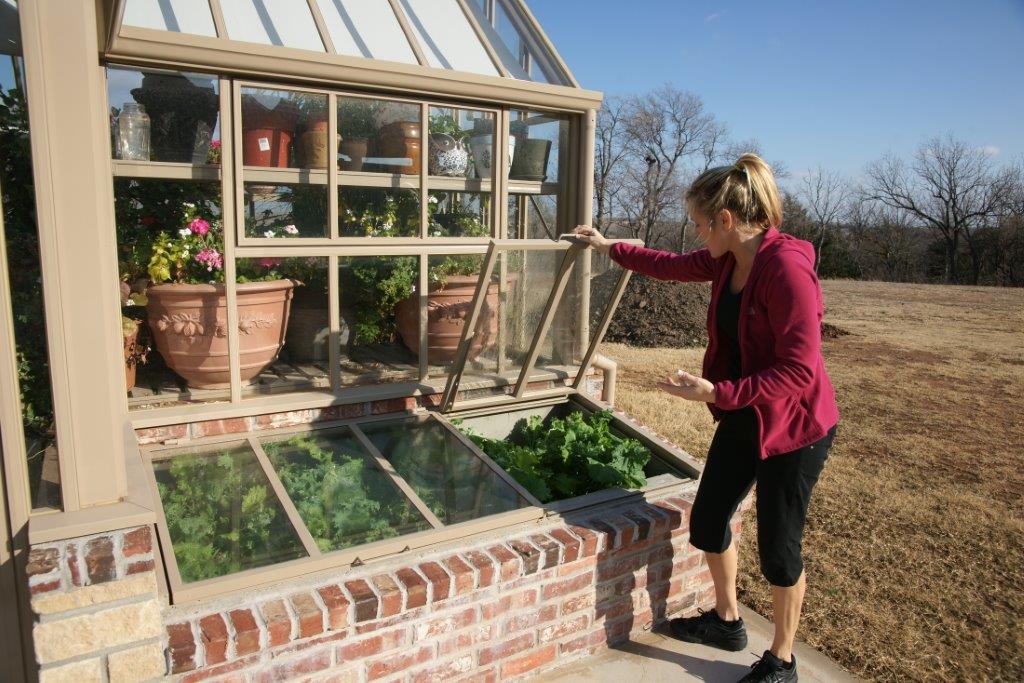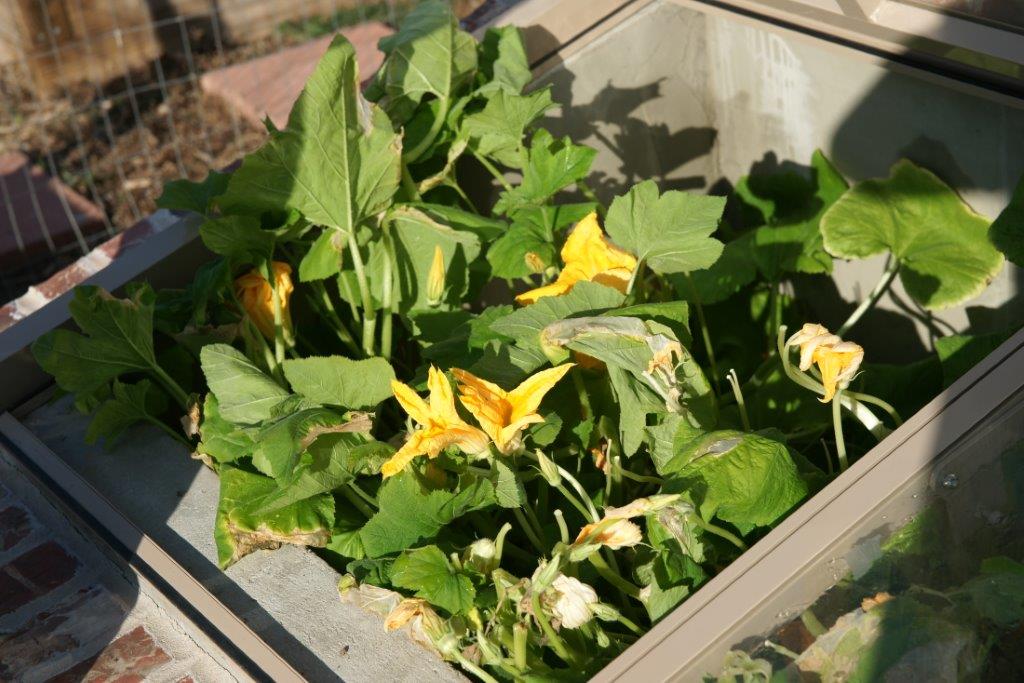The weather report may still be full of blizzards, but once Ground Hog Day rolls around, springtime becomes less of a memory and more of a prospect. That’s when it’s worth thinking about buying or building a cold frame to get a jump on the growing season.
A cold frame is a low box with a transparent lid that creates a small oasis of warmth. Sunlight passes through the glass (or sometimes plastic) to heat up the air inside, and the lid prevents the warmth from escaping and keeps out snow and rain.

Traditionally, a cold frame is built against the outside south wall of a greenhouse and is used for plants hardy enough that they don’t need the hothouse’s full protection or seedlings that are in transition to the outdoors. But this simple device can be built in any garden, and lets even those who don’t have a greenhouse extend the growing season.
In spring, a cold frame allows some plants to go outside into the sunlight of lengthening days but still be protected from freezing. It’s a great place to harden off seedlings, getting them accustomed to cooler outdoor weather before you plant them in the ground. In fall, a cold frame can allow you to keep growing some crops after the last frost. In slightly warmer climates than mine, gardeners can even grow cold-tolerant crops such as spinach all winter, or start some seeds in spring under sunlight instead of indoor lights.
Many gardeners buy ready-made cold frames, such as the handsome ones from Hartley Botanic, or erect them from kits. Some will set up a cold frame right over a garden bed or raised bed for the fall and winter months and remove it for the summer growing season. A classic recipe for a well-insulated cold frame consists of stacked straw bales for walls and an old storm window for a lid.
Permanent or temporary, ornamental or utilitarian, all cold frames need some basic features.
The box should be small enough that you can reach into easily, certainly no more than 4 feet wide. The sides should be angled so the front is lower than the back, making the roof slope and allowing for different plant heights. There’s no precise formula, but a box 8 to 10 inches high on the low side and 18 to 24 inches on the high side works well.
The slope of the lid serves another purpose: It captures more light, if the frame is positioned toward the sunny south.
For the walls of a cold frame, you have choices. Transparent walls of glass or plastic let in more light, but thicker walls, whether of wood, bricks or straw, provide more insulation. The decision will depend partly on your climate and partly on whether the frame is a year-round fixture or you need to be able to take it up and down easily. Metal, which conducts cold right through, is always a poor choice.

Most cold frames sit on the soil so you have the option of planting directly in the ground. Usually, the warmth trapped in the box will keep the soil inside it from freezing. In an especially severe climate, though, you may want to have a floor and grow the plants in flats or pots. You can adapt a bare-soil cold frame to an extra cold winter by laying insulation, such as straw or bubble wrap, over the ground.
It may seem paradoxical, but ventilation is essential. On a bright day, even when it’s frigid outside, a cold frame can accumulate so much heat that plants may cook inside. An automatic temperature-sensitive vent like the ones used on conservatories is a good idea on a cold frame too. Failing that, pay attention—it’s easy to underestimate how warm it gets in there—and prop the lid up as needed. At night, close the lid all but a crack for more protection against the cold.
And don’t forget to water. It may have been pouring rain outside, but the plants in a cold frame are under a roof.
In just a little space, a cold frame can greatly expand your options in the garden. And February is the ideal month to plan, build or shop for one. Get it set up in March so you’ll be ready to start growing early.


